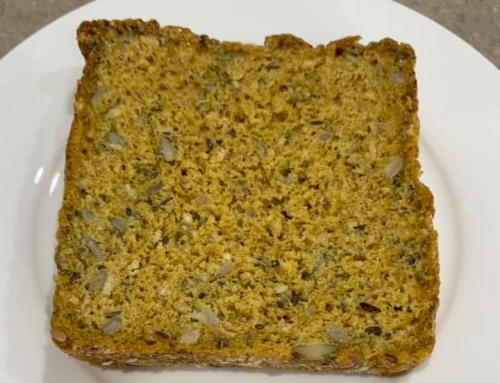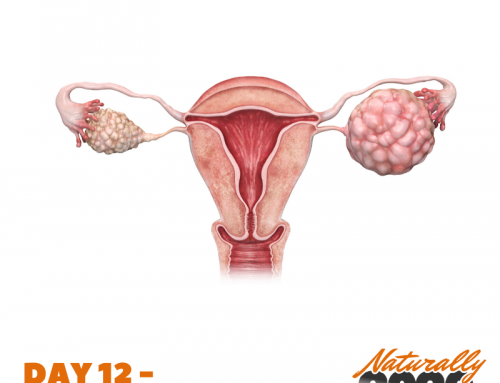Have you ever felt tired & exhausted, yet also wired at the same time? Sounds bizarre I know, yet many women are living with this daily. We are run off our feet &
wanting to collapse at the end of the day, although our minds are in full flight of stimulation with to-do lists & everything in between!
What does this mean?
The body is in ‘fight & flight’ mode, scientifically it is called our sympathetic nervous system. This is where our body is designed to respond to a threat by either staying to fight or running away (like our ancestors needed to from potential animal predators). Ideally, when there are no immediate threats in our day, we should be in ‘rest & digest’ mode, this is called our parasympathetic nervous system. This is where our body is taking care of our digestion & our nutrient absorption & all other processes that make us function. Various methods which relax the nervous system include stimulating the vagus nerve.
Why do we want to stimulate the Vagus nerve?
Various techniques can stimulate the vagus nerve providing rest & digest – parasympathetic nervous system activation. The vagus nerve has direct and indirect
connections to the cortical-limbic-thalamic-striatal neural circuit involving emotional and cognitive functions. Vagal nerve stimulation influences the activity of
norepinephrine and neurotransmitters such as serotonin, assisting in improving mood.
What techniques can we use to activate our ‘Rest & Digest’ Nervous System?
Slow, rhythmic, diaphragmatic breathing Try breathing deeply from the diaphragm rather than shallowly from the top of the lungs, and focus on your breath. As the amount of breaths per minute reduces, ideally to about 5-7 times per minute this is when our ‘rest & digest” nervous system is activated. The muscles will become more relaxed and the oxygen supply to the cells will increase producing endorphins; the body’s feel- good hormones. This in turn will help lower heart rate and reduce anxiety & worry.
How to deep breathe?
Take a deep inhalation through your nose into your belly, expanding the diaphragm to the count of five. Pause on the inhalation, and then exhale slowly through a small hole in your mouth to the count of six. Repeating this process for multiple rounds/minutes. The most important part of your breathing is ensuring that the exhale count is longer than the inhale count.
So next time you’re feeling wired & tired try this breathing exercise for some immediate relaxation.







Leave A Comment